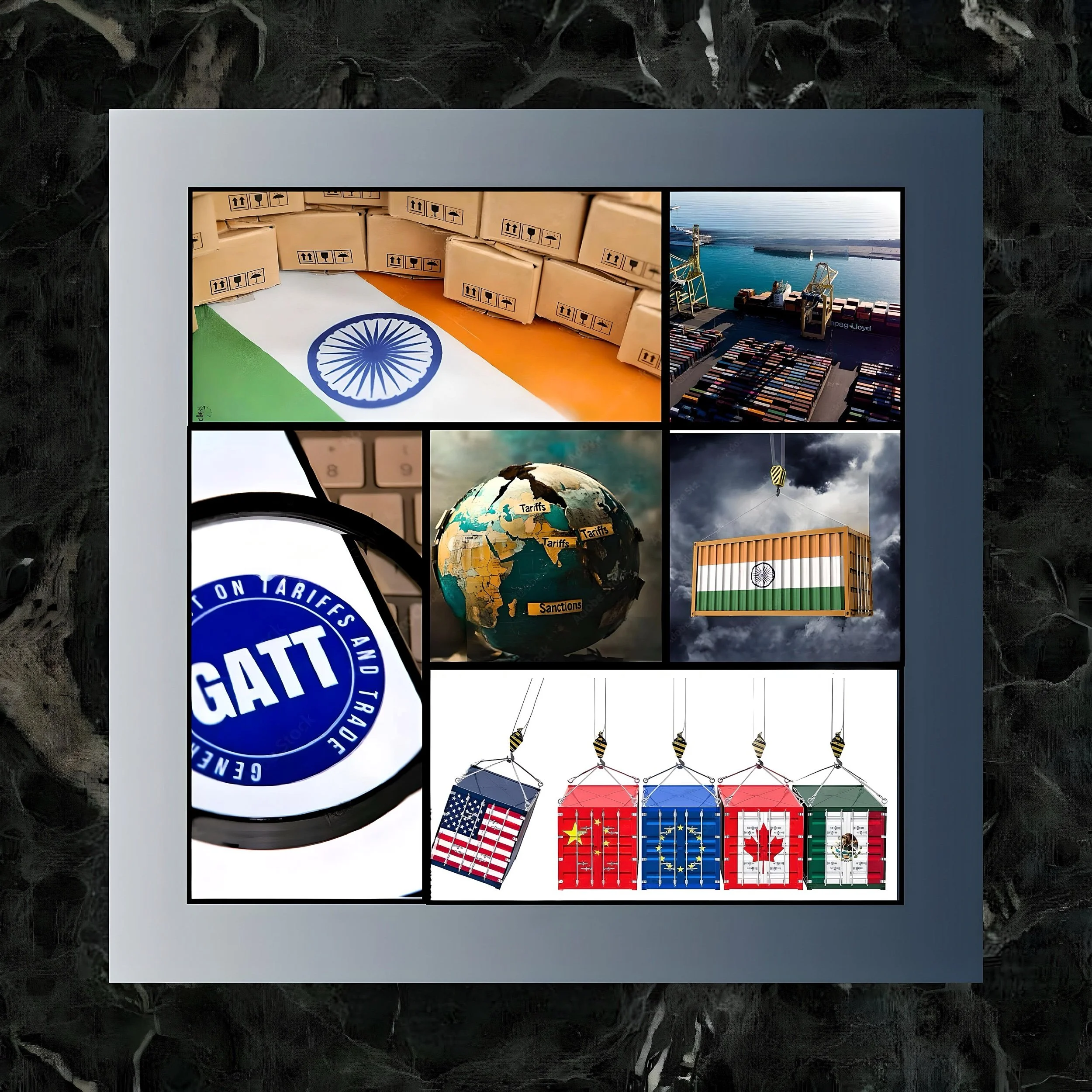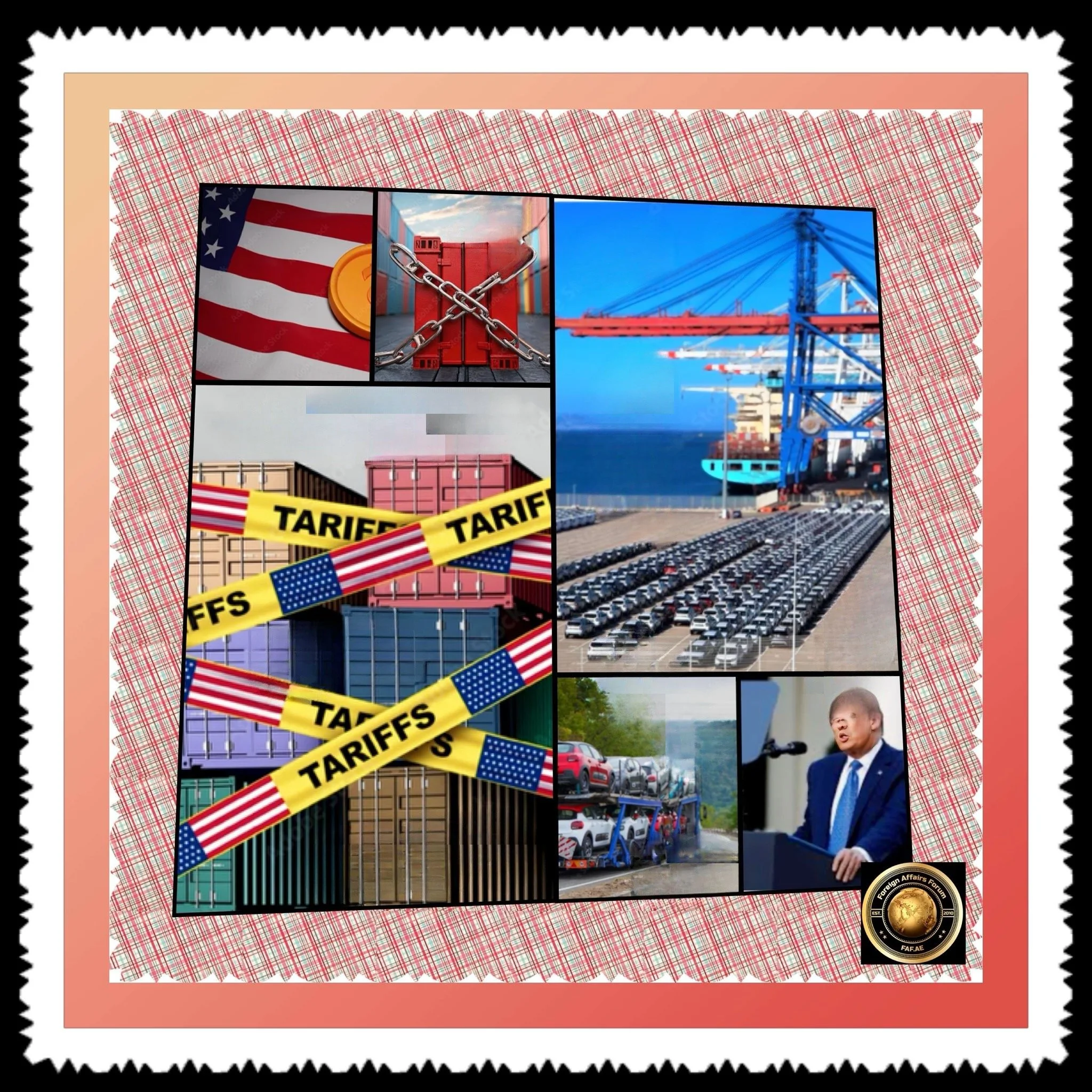Impact of U.S. Reciprocal Tariffs on Indian Exports: Key Sectors and Products
Introduction
The U.S. reciprocal tariffs, set to take effect on April 2, 2025, target specific Indian export sectors where tariff disparities are most pronounced. Drawing from recent trade data and policy announcements, the following products and industries are expected to face the highest tariffs from the U.S., driven by India’s historically elevated import duties on American goods.
Highest-Tariff Sectors and Products
Automobiles and Auto Components
Tariff Rate: 25% (matching India’s current tariffs on U.S. vehicles)
Key Products
Passenger vehicles priced above $40,000.
Auto parts and accessories, including engines, transmissions, and electrical components.
Two-wheelers, particularly high-end motorcycles.
Impact
India exported $2.12 billion of auto parts to the U.S. in FY24, constituting 30% of its total auto component exports. The U.S. aims to counter India’s tariffs, which previously exceeded 100% on luxury cars and 50% on motorcycles.
Pharmaceuticals
Tariff Rate: 25% or higher
Key Products
Generic drugs (e.g., antibiotics, cardiovascular medications).
Vaccines and biologics.
Impact
Pharmaceuticals account for 21.9% of India’s consumer goods exports to the U.S., valued at $8 billion annually.
Higher tariffs threaten India’s position as the largest supplier of generic medicines to the U.S., which accounts for 40% of its pharmaceutical exports.
Gems and Jewellery
Tariff Rate: Up to 25% (mirroring India’s tariffs on U.S. gemstone imports)
Key Products
Cut and polished diamonds ($7.61 billion exported to the U.S. in 2024).
Gold and silver jewelry.
Impact
The U.S. is India’s most significant gems and jewelry market, with $8.5 billion in exports in 2024. Tariffs could erode margins for Indian exporters, who already face competition from China and Thailand.
Textiles and Apparel
Tariff Rate: 24.8% (aligning with India’s current textile tariffs)
Key Products
Cotton garments and synthetic textiles.
Home furnishings (e.g., bedsheets, carpets).
Impact
Textiles contribute $12.9 billion to India’s U.S. exports. Higher tariffs risk displacing Indian suppliers in favor of Vietnam and Bangladesh, which benefit from lower labor costs.
Iron, Steel, and Aluminum
Tariff Rate: 25% on steel, 25% on aluminum (up from 10%)
Key Products
Steel pipes and tubes ($522 million exported in 2024).
Aluminum sheets and ingots.
Impact
India’s steel exports to the U.S. grew by 4.5% in 2024, but tariffs could reverse this trend, favoring domestic U.S. producers.
Electronics and Electrical Machinery
Tariff Rate: 24.8% (matching India’s tariffs on U.S. electronics)
Key Products
Broadcasting equipment ($6.18 billion exported in 2024).
Semiconductors and circuit boards.
Impact
India’s electronics exports to the U.S. have surged 18% annually since 2020, driven by smartphone assembly incentives. Tariffs could slow this growth.
Agricultural Products
Tariff Rate: 39% (mirroring India’s tariffs on U.S. farm goods)
Key Products
Shrimp and fish ($2 billion annual exports).
Rice, coffee, and tea ($390 million combined).
Impact
While India’s agricultural exports to the U.S. are less valuable, tariffs could disrupt niche markets like basmati rice, where India holds a 65% global share.
Rationale for U.S. Tariff Priorities
The U.S. has prioritized sectors where
Tariff Disparities Are Highest
India’s auto tariffs (70–110%) vs. U.S. auto tariffs (2.5%) created a 23% tariff gap.
Pharmaceutical tariffs in India (10–12%) exceed U.S. rates (3.3%).
Export Volumes Are Significant
Auto parts, pharmaceuticals, and gems collectively represent $17.6 billion in U.S.-bound exports.
Strategic Industry Targeting
The U.S. aims to protect domestic steel, automotive, and electronics manufacturers from Indian competition.
India’s Mitigation Strategies
Tariff Reductions: Preemptive cuts on 30+ products, including EVs (15% tariffs for manufacturers investing $500 million locally).
Trade Diplomacy: Commerce Minister Piyush Goyal is negotiating a Bilateral Trade Agreement (BTA) to secure exemptions.
Diversification: Exploring export markets in the EU and ASEAN to offset U.S. dependency.
Conclusion
The U.S. reciprocal tariffs disproportionately target high-value, high-disparity sectors like automobiles, pharmaceuticals, and gems. With India’s export economy reliant on the U.S. for 18% of its global shipments, these tariffs could reshape trade flows, incentivize domestic manufacturing, and test the resilience of bilateral negotiations ahead of the April 2 deadline.
The data is current as of March 8, 2025; ongoing negotiations may alter the conclusive tariff rates.





